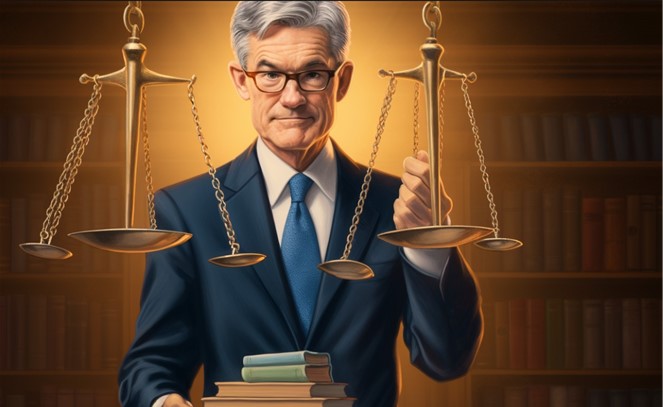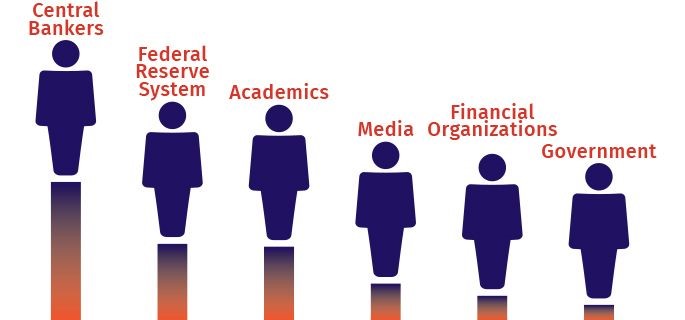| Key Points: – Unemployment Rises: Fed officials consider rate cuts as jobless numbers climb. – Inflation Eases: With inflation near target, focus shifts to avoiding job market fallout. – Powell’s Key Address: Expectations build for guidance on balancing economic risks. |
As the Federal Reserve officials convene for their annual central banking conference in Jackson Hole, Wyoming, the economic landscape is under intense scrutiny. With the U.S. unemployment rate currently at 4.3%, the Fed faces a delicate balancing act: managing inflation while avoiding a significant downturn in the job market. This year’s gathering, a key event for central bankers worldwide, is marked by growing unease about the potential weakening of the U.S. labor market and the implications for future monetary policy.
Historically, the U.S. has enjoyed periods of low unemployment, often below the long-term average of 5.7%. However, these periods have been punctuated by sharp spikes in joblessness during economic downturns, a pattern that Federal Reserve officials are keen to avoid. The current trend, with unemployment gradually increasing from 3.7% in January 2023 to 4.3% by July 2024, has raised concerns among policymakers. The rise in unemployment has been accompanied by an influx of 1.2 million people into the labor force, a typically positive sign that can paradoxically push the unemployment rate higher as more individuals actively seek work.
The Federal Reserve has maintained its benchmark policy rate in the 5.25%-5.50% range for over a year, the highest level in 25 years. However, with signs of a cooling job market, the conversation among Fed officials has shifted towards the possibility of cutting rates. Minneapolis Fed President Neel Kashkari, in a recent interview, noted that the balance of risks has shifted, making a debate about rate cuts at the upcoming September policy meeting appropriate. This sentiment has been echoed by other Fed officials, including San Francisco Fed President Mary Daly, who expressed growing confidence that inflation is returning to the Fed’s 2% target.
Indeed, the progress on inflation has been significant. The personal consumption expenditures (PCE) price index, a key measure tracked by the Fed, peaked at an annual rate of 7.1% in June 2022 but had dropped to 2.5% by July 2024. This progress suggests that the worst of the inflationary surge may be behind us, leading some policymakers to argue for a loosening of credit conditions to ensure a “soft landing” for the economy.
However, the labor market presents a more complicated picture. Recent data indicates that job growth is slowing, with only 114,000 positions added in July 2024, a figure that fell below expectations and pulled the three-month average below pre-pandemic levels. The unemployment rate’s rise, coupled with longer job search durations and a growing number of workers moving from employment to unemployment, signals potential weaknesses that the Fed must carefully navigate.
Despite these concerns, unemployment claims have not surged dramatically, and consumer spending remains robust. This mixed economic picture has led to a cautious stance among Fed officials, who are not yet ready to declare a crisis but are vigilant about the risks of keeping monetary policy too tight for too long. As Fed Chair Jerome Powell prepares to address the Jackson Hole conference, his remarks are expected to clarify the central bank’s approach to managing these risks, with an emphasis on avoiding a destabilizing spike in unemployment while ensuring that inflation remains under control.
The Jackson Hole conference, therefore, comes at a critical juncture. As the Fed weighs the potential for rate cuts against the backdrop of a slowing labor market and moderating inflation, the decisions made here could shape the trajectory of the U.S. economy in the months and years to come.





